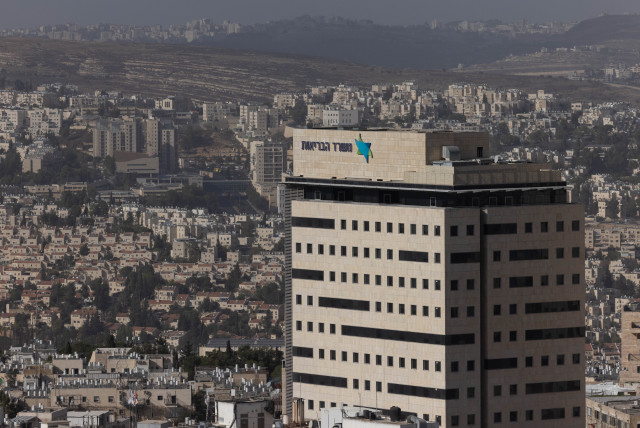In first, Israeli-invented laser opens blockage in leg arteries of patient, avoiding amputation

Already utilized on 100,00 patients in the US, the device is now approved for use for the first time in Israel.
Israel has the highest rate in the OECD countries of leg amputations due, among other reasons, to arterial blockages that are treated only partially or left untreated.
Ordinarily, leg artery catheterization is carried out by inflating balloons or implanting supportive metal stents inside the blood vessel – but unfortunately, this method doesn’t always fully resolve the problem for all patients and various types of diseases. The existing techniques are less effective on very-calcified blockages or long blockages.
Dr. Achihud Bendt, head of the imaging department and the invasive radiology unit at Netanya’s Laniado Medical Center has performed for the first time in Israel the opening of a blockage in the arteries of a patient’s leg using a dedicated laser device.
The Israeli company Eximo Medical, based in Rehovot, developed a device that helps the medical team break up blockages in blood vessel walls using a laser wave of a specific length. The laser breaks down the biological and chemical substances that form the blockage and thus allows the blood vessels to open.
How it works

The company’s hybrid technology, B-Laser, proprietary, single-use catheter based on optical fibers that deliver short laser pulse, aspiration and other innovative solutions.
The device that performs the vaporization is called AURYON and received US Food and Drug Administration (FDA) and CE (European) approval. The start-up was sold six years ago to ANGIODYNAMICS.
The innovative treatment is routinely performed in the US, and until now, 100,000 leg artery catheterizations using laser have been performed there. Recently, the European Union approval for the procedure and equipment (CE) was received and subsequently the Health Ministry in Jerusalem gave approval to perform the procedure here.
Einat Medical, which distributes the equipment in Israel, contacted Bendt unit at Laniado and asked to find a relevant patient to undergo the first treatment in Israel. Together with the director of Laniado’s vascular department, Dr. Anton Kabasha, they located a patient suffering from severe arterial disease, including blockage of the femoral artery, to undergo the first laser catheterization here.
After it was performed successfully, Bendt said: “This is an innovative technology, the use of which required significant preparations of teams and equipment, with multi-team collaboration that included anesthesiologists, vascular physicians, and the team of the invasive radiology unit. Happily, even in times like this, Israel is at the technological forefront of medical treatments, with an emphasis on the field of invasive radiology, and I had the privilege of being the first user in the country, of a technology that constitutes a breakthrough in the treatment of this complex disease.”
He added that “the laser technology has the potential to treat severe narrowing and blockage of arteries and in challenging locations that we were previously unable or unwilling to treat endovascularly with catheterization. The introduction of the AURYON device for use in Israel is critical to preventing amputations, improving the quality of life and saving the lives and limbs of many patients.”
Hospital director Nadav Chen congratulated the team of the imaging department on the important step and said that the choice to perform the innovative procedure for the first time in Israel, in Laniado, is an expression of confidence from two large companies that recognize the extensive clinical and research work carried out here.
Jerusalem Post Store
`; document.getElementById("linkPremium").innerHTML = cont; var divWithLink = document.getElementById("premium-link"); if (divWithLink !== null && divWithLink !== 'undefined') { divWithLink.style.border = "solid 1px #cb0f3e"; divWithLink.style.textAlign = "center"; divWithLink.style.marginBottom = "15px"; divWithLink.style.marginTop = "15px"; divWithLink.style.width = "100%"; divWithLink.style.backgroundColor = "#122952"; divWithLink.style.color = "#ffffff"; divWithLink.style.lineHeight = "1.5"; } } (function (v, i) { });
